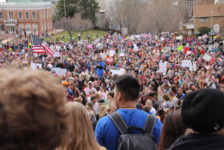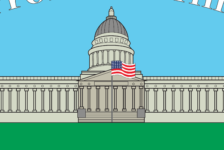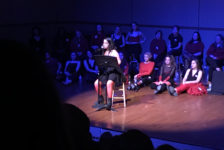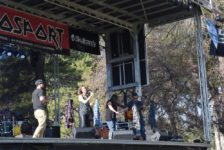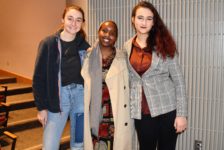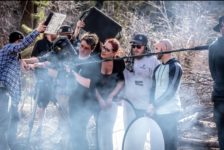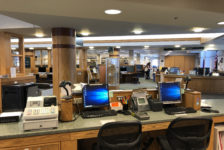Students in the art and science majors got to collaborate during a summer research program through a grant partnership of the Great Salt Lake Institute (GSLI) and Westminster College.
The program Scientists and Artists Learning Together, or SALT, mixes interdisciplinary students and faculty to discover connections between art and science. They did research, created art products and practiced communicating scientific information in artistic ways.
“What we wanted to do was explore the connection of art and science and how people were affected when they worked outside of their own particular box,” said Jaimi Butler, GSLI coordinator.
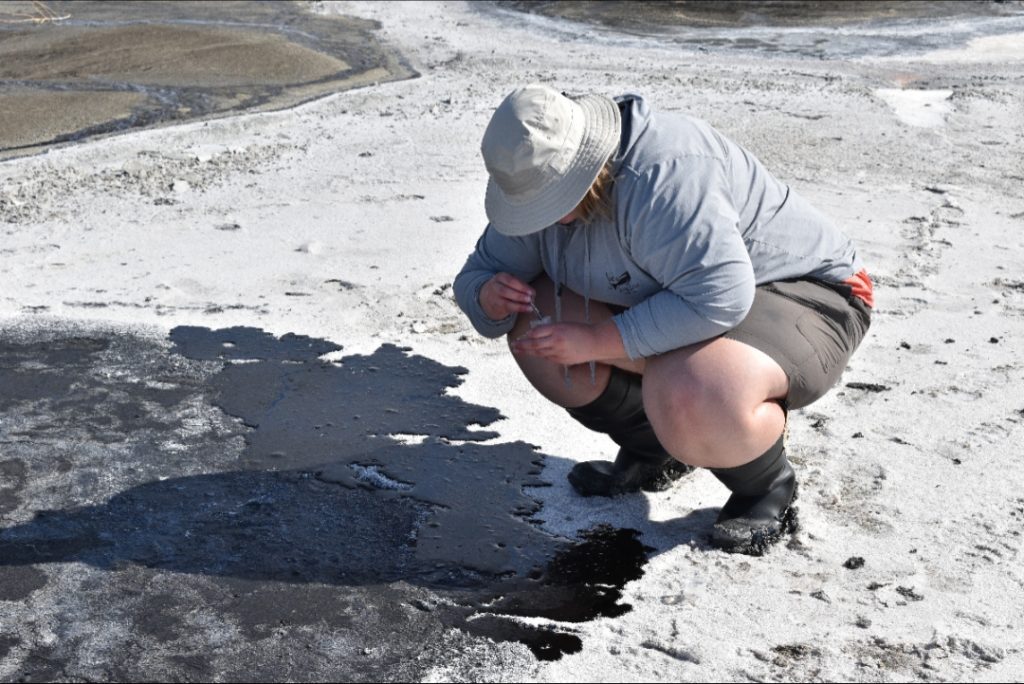
(Photo Courtesy: Mary Sanchez)
Although it seems counterintuitive, Butler said the two disciplines aren’t that different from each other.
“They use different words, [but] they use the same process in their work,” Butler said. “When scientists go at a project or start research, they start with a question of something they’ve seen and they do background research and they do formal inquiry. Really that’s what artists are doing too.”
The SALT program works with Westminster College, giving selected students research grants for an immersive hands-on experience. The projects are all student-driven and unique from each other.
“I’ve not done scientific research on my own like this before,” said Bailey Willes, a sophomore who plans to be an art history custom major. “It was basically really interesting because art history is interdisciplinary […] and science lends itself more than people think.”
Willes did research on natural tar that seeps out from cracks in rocks near the Great Salt Lake, exploring its impact on the surrounding environment. For her project, she combined these tar seeps with synthetic tar to create an artistic installation.
Willes said it was interesting working from her perspective as an artist, visually interpreting scientific research.
Many students who participated in the program said they were surprised by how much overlap there is between art and science.
“It’s never really occurred to me that science could be in art and art could be in science,” said Claire McKay, a sophomore art major. “So, it was interesting to think of art as more of a scientific thing and find out how much art there actually is in science.”
McKay participated in the summer program, working on combining science fiction with research from actual marine animals.
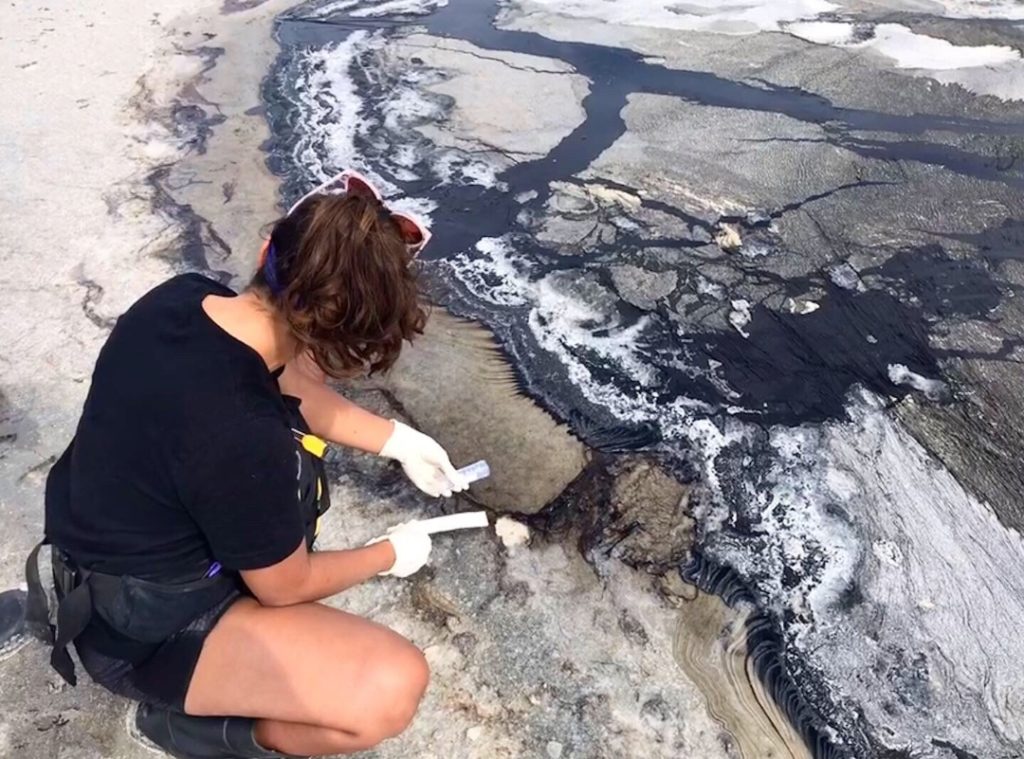
(Photo Courtesy: Mary Sanchez)
An unfair stigma exists when someone goes into either the art or science field, McKay said, but they aren’t on opposite sides of the spectrum.
“You can do some science if you’re an art person,” McKay said. “I want people to realize there are so many things in art and science. Science isn’t just math and numbers, and art isn’t just photorealism.”
The program’s main goal is to bridge those gaps and create conversations across barriers, according to a SALT poster.
“Science and art are separated so much and seen as opposites,” said Neve Lahy, a sophomore biology major. “Without each other, they are difficult to achieve.”
Lahy said with their science major, art isn’t required. So, with their research they created an artistic installment rather than writing an essay.
“It was awesome,” Lahy said. “With a paper, you have to describe what something looks like and analyze that, but with art it was easy to have something to look at and get whatever you want out of it.”
Lahy said they think that these projects make scientific research accessible to both disciplines, acting as the connector between art and science.
“When you combine the two it’s really powerful because you represent them more accurately,” Lahy said. “It’s important to combine the two and not divide them. They’re interconnected.”

